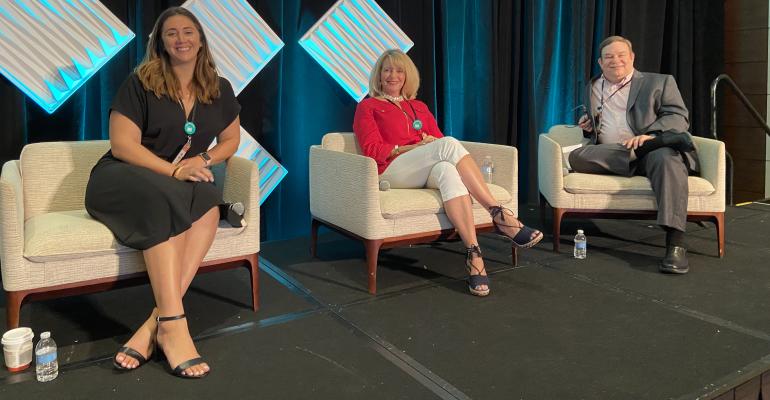One of the mantras of meeting planning is “know your audience.” The Incentive Research Foundation aims to help organizers do just that with its soon-to-be-released research on the incentive-travel preferences of 400 salespeople across a variety of industries who have participated in group incentive programs.
At the IRF Invitational in early June, Rick Garlick, IRF chief research officer, shared results from the study, which was conducted in May.
“One of the things that we wondered about is whether the motivational appeal of group incentive travel had diminished since the pandemic,” said Garlick. To that question, there was a decisive response: 80 percent said that a group travel experience was “extremely motivating” or “very motivating.” Only 18 percent said it was “somewhat motivating,” while 2 percent said a group travel experience was “not motivating at all.
But which specific elements of an incentive trip would make it a highly desirable reward and push a participant to perform? Survey respondents were asked to rank various trip factors; the top four are these (with the percentage of respondents who consider it the single most important factor):
• The ability to bring a spouse or friend along (22 percent)
• A destination you find very appealing (20 percent)
• All expenses are covered (19 percent)
• Luxury, five-star accommodations and experiences (11 percent)
Garlick also pointed out two things that fell to the bottom of respondents’ rankings. First, corporate social responsibility activities are a very low priority, which he said was a surprise because “it’s been a recent trend and we certainly saw in our incentive travel study last fall that it is being emphasized more by companies.” The disconnect between what is motivational and what is good for a company should be noted, Garlick said. “The way I'm reading this data, [CSR activities] are good things for companies to do—they potentially attract employees and retain employees, and it's an opportunity for the company to share their values—but maybe not on an incentive trip.”
Health and wellness activities was the other trip element that ranked surprisingly low, Garlick said. “One presumption that I had always made was that out of the pandemic there would be a refocus on revitalization, toward health and wellness. At this time, our data does not seem to be supporting that.”
In another survey question, incentive participants were asked about the kinds of destinations/experiences they most preferred. In order, the top six are:
• Beach/sunshine
• Adventure travel
• Mountains
• Historical location
• Primarily English-speaking
• Wooded/nature area
“Beach/sunshine” was ranked as most preferred by 30 percent of the respondents, and that was reiterated when they were asked to rank the appeal of specific destinations. According to participants, the most appealing locations to hold an incentive travel program are:
1. Hawaii
2. Caribbean
3. Western U.S.
4. Western Europe
5. Alaska
6. Southern U.S.
Laura Puglisi, director of sales, sourcing, & housing solutions at Cvent, was on the panel with Garlick. She shared a list of the top incentive destinations recently sourced through Cvent to compare with the IRF participant survey results:
1. Caribbean
2. Hawaii
3. Southern U.S.
4. Mexico
5. Western U.S.
6. Central America
While beach destinations are at the top of both lists, Mexico and Central America are potential disconnects between what companies are planning and what participants find motivating.
“Really, the main thing is to survey your attendees,” Puglisi said. “This study looked at 400 people across many different industries, but what do your attendees care about? You need to ask them and know that it can change throughout the year. Three or four months ago in America looked very different than it does today.”
Garlick agreed. “Companies are really trying to reestablish the goal of their incentives because it has changed dramatically in the last 14 months. They're trying to figure out what's going to motivate their people.”
The full incentive participant survey will be available at the IRF website by the end of June.





